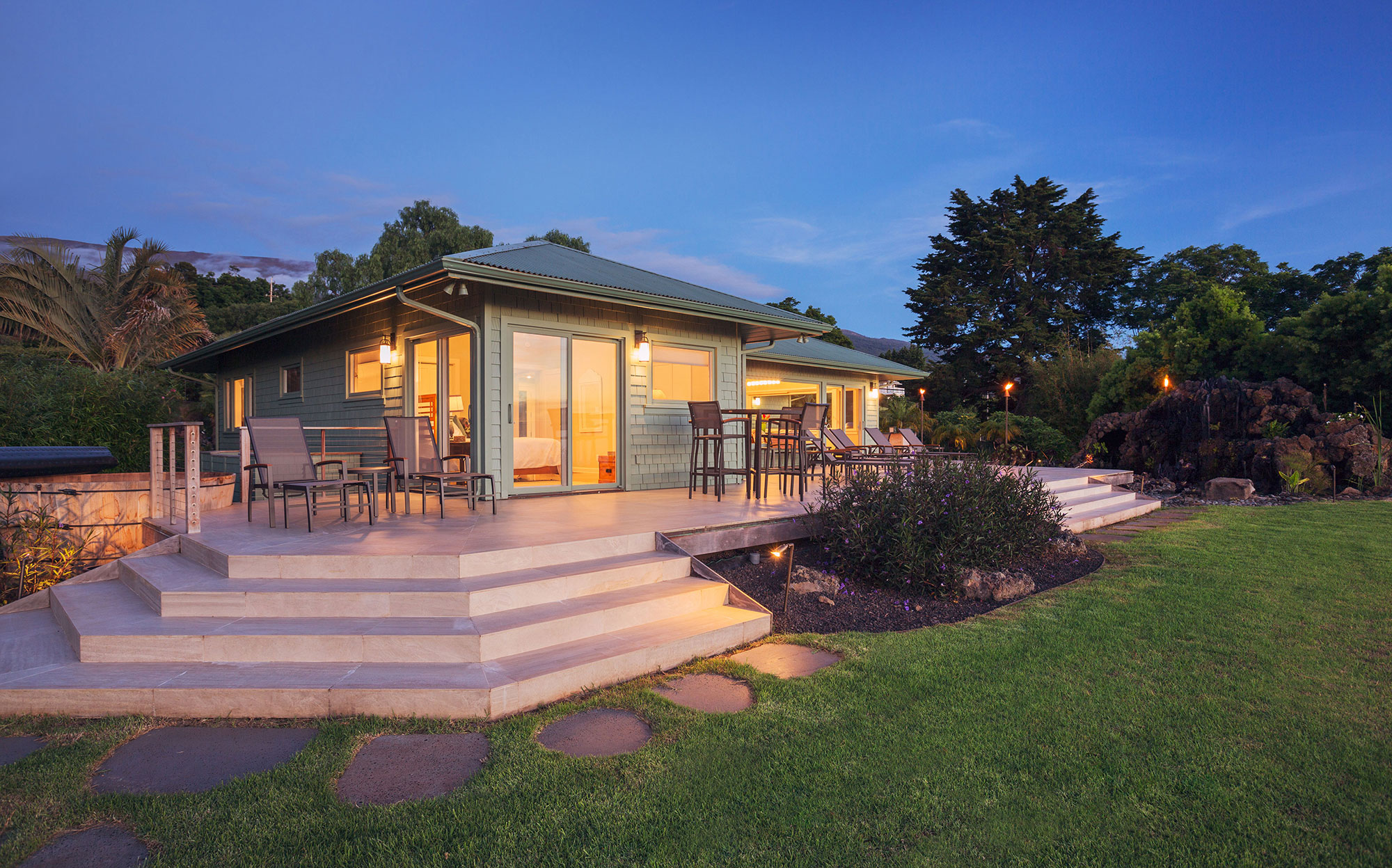Millennials have grown up.
Pushing 36, they’ve started thinking about marriage and children, and plan to move out of their parents’ basement into their own homes, often in the suburbs. This coming of age has manifested itself for some time now, reached a historic peak in 2016 – when Millennials became the largest group of home buyers in the US -, and will continue to shape the real estate market well beyond 2017. After all, they make up the biggest percentage of the active workforce, earn enough money to invest in housing and have already begun to shake things around like no other generation before. What can we expect to see from Generation Y this year when it comes to real estate? Here are some trends and predictions.
Move-up property, not fixer-upper
When Millennials shop for homes, they use every tool in the process, from smartphones to social media and online real estate websites. You might think that being born in the digital age makes them immune to any real life advice, but research has shown quite the contrary. Most Millennials hire real estate professionals and ask for in-depth analysis of the market, together with a highly personalized offer before closing the deal. According to a report from Zillow.com, real estate agents are “expected to become trusted advisers and strategic partners” in this process, and help them navigate the waters without additional financial pain.
After all, they saved enough money to make the down payment and are beginning to free themselves from student debts. Jessica Lautz, managing director for research at National Association of Realtors (NAR), thinks they can even afford “something more than a condo unit or a starter home” and are very much interested in near-by amenities.
So, Millennials are picky home-buyers, as we all expected them to be. “First-timers are looking for high-end features and amenities in their starter homes,” said Scott Nagel, president of real estate operations at Redfin. “Millennials especially are looking for high-quality appliances and other finishes in exchange for giving up the flexibility that comes with renting.”
Almost half of them want an open-floor plan, with high-end design, and are willing to overlook other factors like green space or property taxes. Some are even willing to move to another city in order to get everything they dreamed of.
Metro areas on a rise
Last year has been a volatile one, with mortgage rate reaching record lows and home prices climbing above all expectations, certainly the ones from 2006. Experts were waiting for building activity to pick up but that never quite happened and the real estate market continues to be a seller’s one into 2017, too.
Curiously enough, as wages are expected to grow in big cities, houses availability will continue to decline, creating a gap not even Millennials will be able to fill. It seems that moving to metropolitan areas is a natural solution for all those looking to become homeowners and find more jobs.
The National Association of Realtors identified 10 best metro areas for this generation where favorable employment opportunities and an already established millennial population create the perfect enclave. In an alphabetical order, they are:
- Austin
- Texas
- Charleston, South Carolina
- Denver
- Minneapolis, Minnesota
- Ogden, Utah
- Portland, Oregon
- Raleigh, North Carolina
- Salt Lake City
- Seattle
- Washington, D.C.
Realtors should also keep an eye on Boston, Dallas, Des Moines, Iowa, Jacksonville, Fla. and Nashville, Tenn. as these markets are also very promising for millennial home-buyers in the US.
Climate change in Real Estate
If an inventory crisis hasn’t put enough pressure on agents and home-buyers everywhere, let us turn up the heat a bit. Not only are there not enough houses for sale on the market, but the ones that are listed have the tendency for disappearing faster than ever.
In other words, we’re about to enter the hottest real estate market in recent history, and a seller’s market on top of that, in many places across the US.
Do you know the average number of days a home stayed on the market in 2016?
52
Redfin also discovered that some houses were sold after only six days on the market. And things are only going downhill. If home-building doesn’t pick up the pace, Millennials will find themselves at a crossroad. But then again, they are…
Tech-savvy in Real Estate Industry
There have been pages and pages written about Millennials’ personality traits and many have wondered if they will have an impact on the real estate market after all the renting they preferred. It seems that they will. And are likely to surpass us all in understanding of the industry, speed and bidding. The reason behind this is technology.
They are a generation immersed in digital technology, constantly connected to the world and with a comprehensive understanding of the tools needed to succeed in such a climate.
With homes selling at high rates, Millennials have the power to foresee trends and get ahead of the game faster than Baby Boomers or other generations. New technologies will make real estate transaction more efficient in 2017. This type of home-buyers will start their search online, look at virtual tours, browse for the best pictures and make appointments on open house’s schedulers. As the competition for new houses becomes fierce, so will the Millennials.
Perhaps more equipped to deal with changes in the real estate climate, Generation Y is just as affected by them as we all are and will have to make tough decisions down the way. Nevertheless, it will be interesting to see how the real estate market will shape itself in 2017 and what role the Millennials will play in the big scheme of things. I’m willing to bet that this market will not look the same by New Year’s Eve. In a good way.




